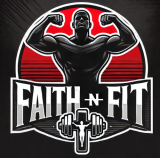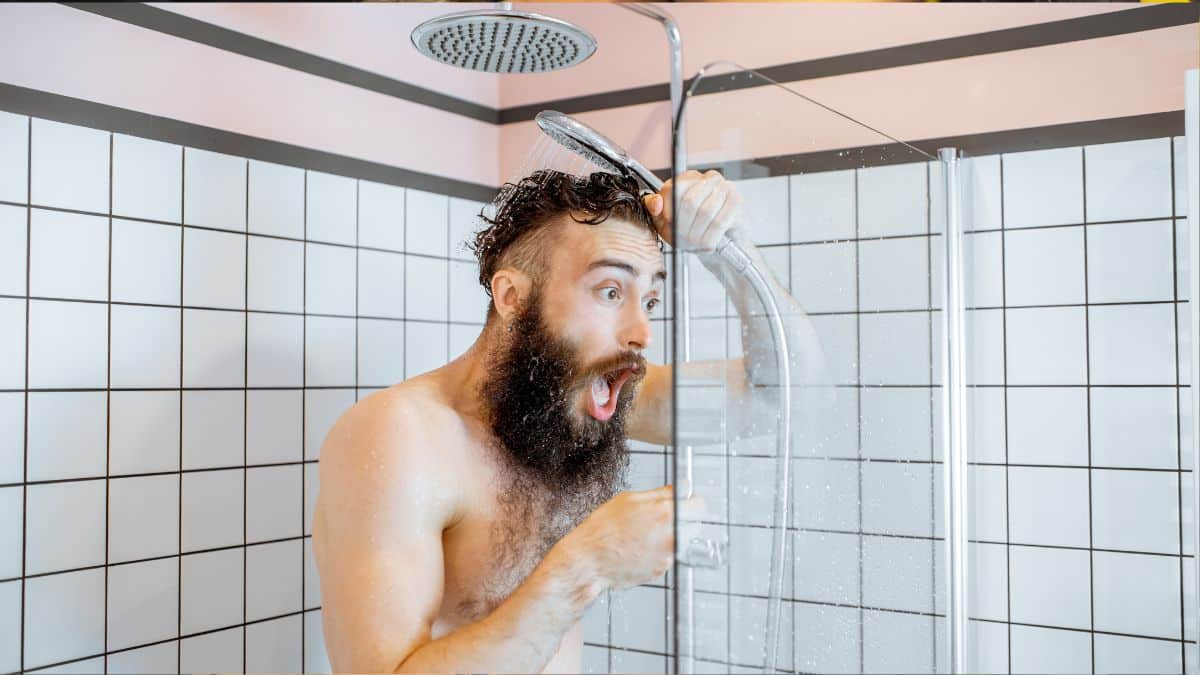The cold shower trend is everywhere—from TikTok to elite athlete routines. Its advocates claim benefits ranging from fat loss and mental clarity to, yes, boosting testosterone levels. But does stepping into icy water really crank up your hormone levels—or is it just another internet myth surrounding cold showers and testosterone?
Let’s explore the science, separate facts from fiction, and use a math-based lens to understand whether cold showers genuinely support testosterone production.
Why Is Testosterone So Important?
Testosterone is the primary male sex hormone, though it’s also present (in smaller amounts) in women. It plays a key role in:
- Muscle growth and strength
- Libido and sexual function
- Mood and cognitive performance
- Energy and motivation
- Fat distribution and bone density
As men age, testosterone levels decline—about 1% per year after age 30. So naturally, people are interested in ways to preserve or even enhance this powerful hormone. That’s where cold showers come in.
The Theory Behind Cold Showers and Testosterone
Cold exposure is believed to increase testosterone through several potential mechanisms:
- Lowering Cortisol – Cold water may reduce stress hormones that suppress testosterone.
- Stimulating the HPA Axis – Activating this hormonal pathway can support overall endocrine function.
- Boosting Circulation and Mitochondria – Improved blood flow may support testicular function.
- Improved Sleep and Recovery – Indirectly, this enhances hormonal balance and regeneration.
These mechanisms sound good on paper—but what does the research actually say?
What Does the Science Say About Cold Showers and Testosterone?
Currently, there is limited direct evidence showing that cold showers significantly boost testosterone levels in healthy men.
However, a few related findings are worth considering:
- Animal Studies: A 1993 study showed that short cold exposure in rats increased plasma testosterone. But rats aren’t humans—and human hormonal systems are more complex.
- Athletic Performance: Cold water immersion has been shown to reduce exercise-induced inflammation and improve recovery—both of which help maintain healthy testosterone over time.
- Cortisol Reduction: Regular cold exposure may blunt the cortisol response, which indirectly supports testosterone, since high cortisol levels suppress testosterone production.
Conclusion: While cold showers may support an environment for balanced testosterone, they are not a magic switch that cranks your hormone levels through the roof.
The Math Behind Testosterone Optimization
To optimize testosterone naturally, use a strategic plan based on measurable variables:
| Factor | Ideal Range |
|---|---|
| Sleep | 7.5–9 hours per night |
| Body Fat % | 10–15% (for optimal hormonal output in men) |
| Protein Intake | 0.8–1.2g per lb of bodyweight |
| Resistance Training | 3–4 sessions per week |
| Cortisol Levels | Lowered via sleep, meditation, cold therapy |
| Alcohol Consumption | < 2 drinks per week |
Cold showers can support this framework, especially when used post-workout or before bed to enhance recovery and sleep quality.
When and How to Use Cold Showers Effectively
1. Post-Workout Recovery
Cold showers reduce inflammation and muscle soreness. This may help maintain a high training frequency, which contributes to muscle growth and stable testosterone.
2. Morning Wake-Up Boost
Starting your day with cold exposure increases norepinephrine and dopamine—both associated with focus and motivation.
3. Pre-Bed Routine
Cold exposure before bed (not too close to sleep) can calm the nervous system and improve sleep, supporting hormonal regeneration.
Pro Tip: Start with 30 seconds of cold water, and gradually build to 2–3 minutes over 1–2 weeks.
Benefits of Cold Showers Beyond Testosterone
Even if cold showers don’t directly skyrocket testosterone, they offer other science-backed health perks:
- Improves resilience and mood
- Strengthens immune function
- Boosts metabolism and fat burning
- Enhances skin and hair health
- Promotes mental discipline and grit
These benefits alone can support a healthy hormonal environment, even if testosterone increases are modest or indirect.
Who Should Avoid Cold Showers?
Cold showers are generally safe, but may not be ideal for:
- Individuals with heart issues or high blood pressure
- Those prone to cold sensitivity or Raynaud’s disease
- Anyone recovering from major illness or surgery
As always, consult your doctor before adopting a new health practice—especially one involving extreme temperatures.
Key Takeaways
- Cold showers may support testosterone indirectly by reducing cortisol, improving sleep, and enhancing recovery.
- There’s no strong evidence that they directly increase testosterone levels in humans.
- Cold exposure has real benefits—physical and mental—that make it worth including in a daily wellness plan.
- Use cold showers as part of a broader testosterone optimization strategy: proper training, nutrition, sleep, and stress management.
- Track your energy, mood, strength, and sleep to evaluate how well cold showers work for you.
Cold showers won’t turn you into a testosterone-fueled superhero overnight—but they might just help you become a better, stronger version of yourself over time.
Read Next…
- Are Probiotics the Missing Link in Your Fat Loss Diet?
- How to Improve NEAT Activity Without Going to the Gym
- How to Naturally Improve Hormonal Balance During Menopause
- Does a Cold Shower Boost Testosterone? Science Explains
- How to Build Muscle Over 50: A Math-Based Guide
Subscribe now and get a 14-day free trial workout app for iPhone users.





